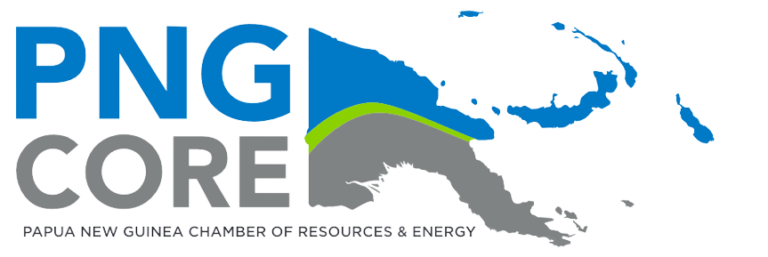01 Dec 2021
THE resource sector global outlook remains constrained and affected by the impact of the COVID-19 pandemic, exacerbating weather conditions in the Northern hemisphere, and changes in the way populations approach work and travel.
ANZ Banking Group’s head of Resources, Energy and Infrastructure Business in Corporate Finance, Paul Richards, explained to delegates at the 2021 PNG Mining and Petroleum Conference and Exhibition, that the pandemic, coupled with changes in supply and demand of resources, and an impending transition to greener technology were among many factors dictating the short to mid-term future of the resources sector globally.
Gold
Gold is unique among commodities, as its price is influenced, not only by physical supply and demand fundamentals, but also by inflation, rallied value of the US Dollar, equities markets, interest rates, Central Bank activities, and geo-political environments.
Since the start of the pandemic in early 2020, a low-rate, low-inflation environment has supported gold prices at robust levels. That said, has had high levels of volatility in the last year.
“In the latter stage of the first half of 2021, some price reductions from these very high levels, could be attributed to rising treasury ills, which in turn, resulted in positive outlook for growth as economies in regions emerged from lockdowns.
“We expect gold to remain supported at current levels in the short term, given the oil pressures in the US, and the feds signalling a delay in increasing interest rates. We expect gold prices to start at the rate height cycle into 2022.”
Copper
Increased supply disruptions and depleted inventories are offsetting weakening industrial activities. This kept copper prices above the US 9,000 a tonne level this year, while thin inventories resulted in a spike in prices to 10,000 US dollars a tonne, just last month.
Labour strikes and social unrest in Chile and Peru, have kept the supply growth muted for the second consecutive year. Mine supply contracted later in 2020, due to COVID-19 related mining outages, and supply growth was capped at 2 percent this year, which kept the market undersupplied in 2021.
“Standard and Poors expects mine copper production to rise over 2022, through to 2025, bolstered by brownfield mine expansion, and some large greenfield projects. This is expected to relieve concentrated tightness in the market, however there are always downside risks to mine supply. This has been increased again, by political risk in Chile and Peru, which can delay project delivery.
“China is the world’s largest consumer of copper, accounting for half of global refined copper concentrate. In addition to being the largest refiner of copper. It appears to be slowing, as industrial activity is being weighed down by repeated COVID 19 outbreaks.”
Gas
In the past year, aggressive restocking in the face of robust demand and supply side issues, has pushed up spot LNG prices to record highs of around 50 US dollars per MMbtu.
Coronavirus containment measures snuffed out power demands, forcing LNG producers to slash production, and reducing shipments. This had a lasting impact on global gas inventories in 2020, and 2021, then caught many power providers short.
China is now set to overtake Japan as the top LNG importer this year, at 78.7million metric tonnes, versus Japan’s 78.3 million.
Now how cold or warm this Northern Hemisphere winter is will impact regional gas price benchmarks for seasons ahead.
The role of LNG in Europe remains a question. Or be it, its role in firming for intermediate renewables has become more prominent of late.
It can either become a sink, or a pool market from next year onwards. In the long term, major gas and the LNG suppliers will see the high prices as a tailwind, to support signing long-term gas supply investments and contracts.
Oil
Oil prices have continued to improve, after the significant decline seen in 2020 as a result of the COVID-19 pandemic.
Brent crude prices have strengthened from an average of around 69 US dollars a barrel, to around 73 US dollars a barrel in the September quarter, at around 80 US Dollars a barrel in October, and November. Now OPEC’s decision to stick with its scheduled 4,000 barrel a day increase in output for November, is likely to keep the crude oil market tight this quarter, and in the first quarter of 2022. This comes amid the energy shortage that is threatening to curtail economic growth amidst shortages in supply.
In China, the world’s second largest consumer, in the last couple of months, the contagious Delta variant, and now Omnicron, has popped up in more than half its provinces, despite watertight border controls, triggering targeted lockdowns, travel curbs, and mass testing. This suggests the government is maintaining its zero COVID 19 strategy or leading a more targeted approach. This strategy is to remain at least until the Beijing Winter Olympics in February.
The impact is lower demand for oil, as people are travelling less, or at least travelling shorter distances.

